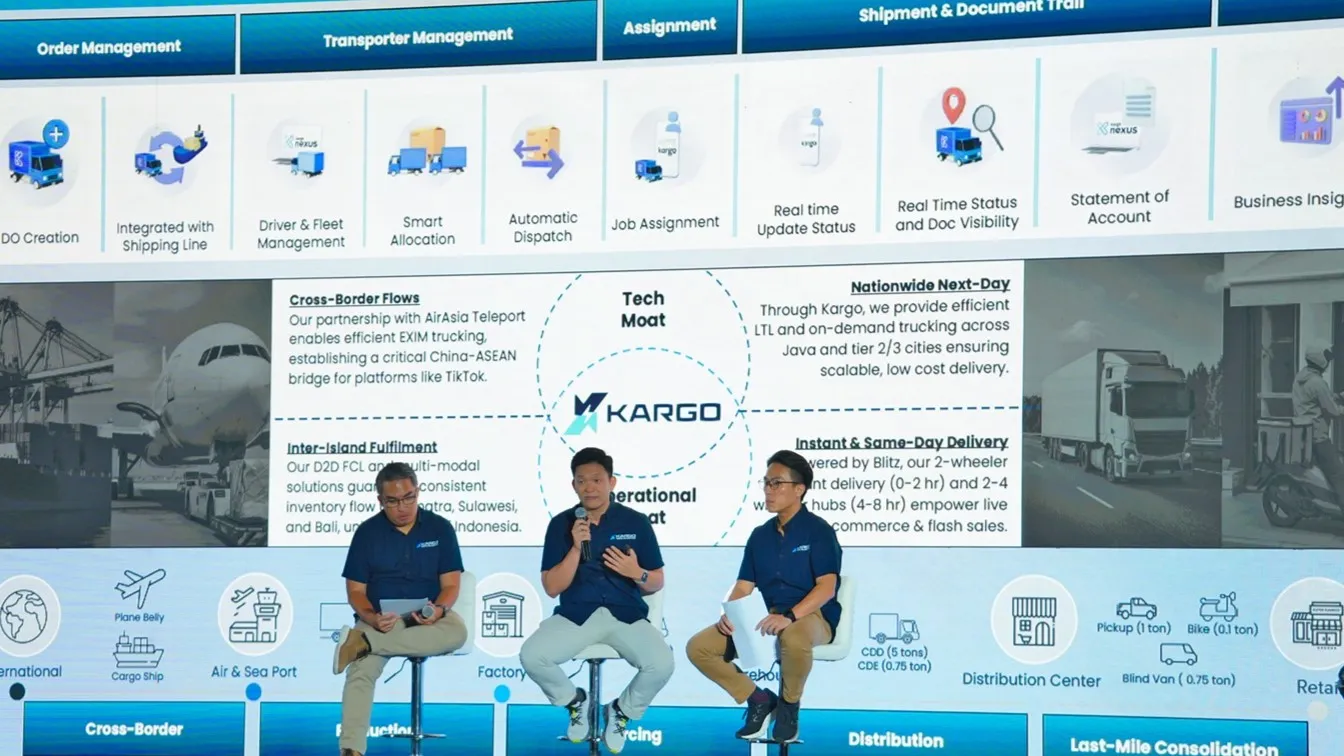Malaysia’s chronic shortage of commercial lorry drivers is forcing operators into risky practices, including hiring underage or unlicensed drivers.
High Costs, Low Pay, and Long Hours Among the Causes of Driver Shortage
A 16-year-old boy was arrested while driving a commercial lorry during a special operation by the Road Transport Department (JPJ) in Kuala Terengganu at the end of last month, sparking a concern that an acute shortage of qualified drivers is leading some operators to hire underage and/or unlicensed personnel.
Terengganu JPJ state director Mohd Zamri Samion said the vehicle was stopped during Ops Khas Gempur at the Gemuruh Toll. “The lorry, which was carrying coconut shells, was en route from Kuala Terengganu to Marang. We believe the owner hired an underage driver to cut operational costs. This is highly risky and endangers both the driver and other motorists. We have issued a summons and impounded the vehicle,” he said, reported by Bernama.
The operation, conducted between September 1 and 24, saw more than 5,000 commercial vehicles inspected. JPJ officers found offences in 603 commercial vehicles, ranging from expired public service vehicle (PSV) licences, expired insurance, overloading, and failure to obey traffic signals. Eleven vehicles were impounded.
Although the numerous offences uncovered by JPJ officers were concerning, the most alarming was the arrest of an underage lorry driver during Ops Khas Gempur, which underscored Malaysia’s long-standing shortage of commercial vehicle drivers.
Transport Minister Anthony Loke in May 2024 said that the country lacked “lorry drivers in the thousands, especially in the southern region.” He noted that many experienced drivers opted to work in Singapore for higher pay.
To address the shortage issue, Loke then announced that the government was working with HRD Corp to subsidise training and licensing for around 1,000 new Class E licence holders. “We want to upgrade the profession; this is a high-skill, high-paying job,” he said at the time.
The shortage, Truck and Bus News learned from various sources, has multiple causes. For instance, a report by Malay Mail in January 2024 cited that low pay and stricter enforcement have discouraged many from remaining in or entering the industry. Datuk Mohd Firdaus Abdullah, president of the National Consumers’ foundation (YNPM), said at the time, “Many lorry drivers are jobless or are still looking for other jobs because they’ve been blacklisted for many traffic offences and put on trial.”
The report also noted that drivers are often required to pay for the fines, even when the violations come from the company’s policy, such as overloading. Firdaus also said, “Many lorry drivers confide in us. If the quantity of goods is small, the commission becomes smaller, and if the quantity is in excess, they get penalised by the police, Road Transport Department, or the Land Public Transport Agency.”
The COVID-19 pandemic was another cause of the problem. Steven Chong, president of the Tour Bus Operators Association of Peninsular Malaysia, told Free Malaysia Today in June 2025 that, during and after the pandemic, a lot of drivers left the sector permanently, prompting operators to take desperate measures by not vetting new drivers.
“Once they are settled, it’s very difficult to get them to come back. And in times of desperation, companies may skip the vetting process, such as checking for summonses,” he explained. He added that, while most companies still require urine tests before trips, recruitment pressures have made it difficult to maintain strict checks.
Academic research reinforces these observations. In 2022, a study published in the International Journal of Academic Research in Business and Social Sciences identified 17 factors contributing to the shortage of drivers in Malaysia.
Through interviews with logistics operators, drivers, and government officials, the authors found that high training costs, low wages, long working hours, negative job perceptions, and high turnover have all contributed to a shrinking labour pool. The study noted that obtaining a Class E licence and Goods Driving Licence typically costs between RM4,000 and RM5,000. The good news is that this issue was addressed by the Ministry of Transport in 2024, even though the results still remain to be seen.
Aside from underage drivers, illegal foreign commercial vehicle drivers have also become a growing problem. One of the most notable cases involved an Indonesian lorry driver with no licence who was arrested in Sungai Pusu, Gombak, and subsequently handed over to the Kuala Lumpur Immigration Department. Another involved a foreign lorry driver in Selayang who was caught using a fake MyKad and forged licences.
The twin issues of underage and illegal foreign drivers point to the mounting pressure faced by Malaysia’s transport sector, where chronic labour shortages intersect with enforcement gaps. Consumer advocates, industry representatives, and researchers agree that sustained structural reforms will be necessary to restore proper standards and ensure road safety, even as the government implements training incentives and strengthens regulations.








